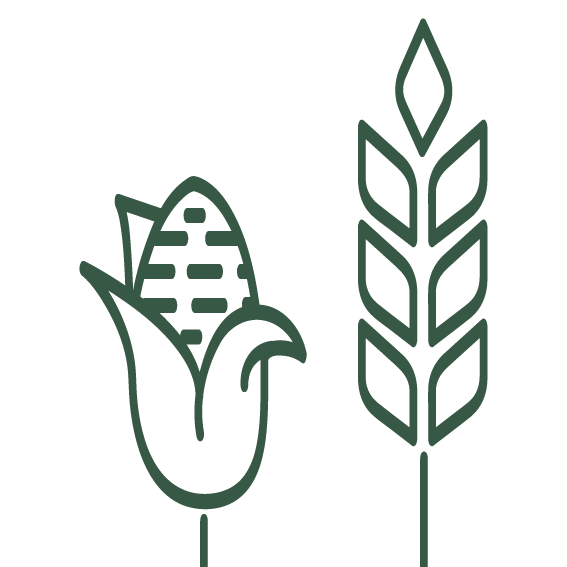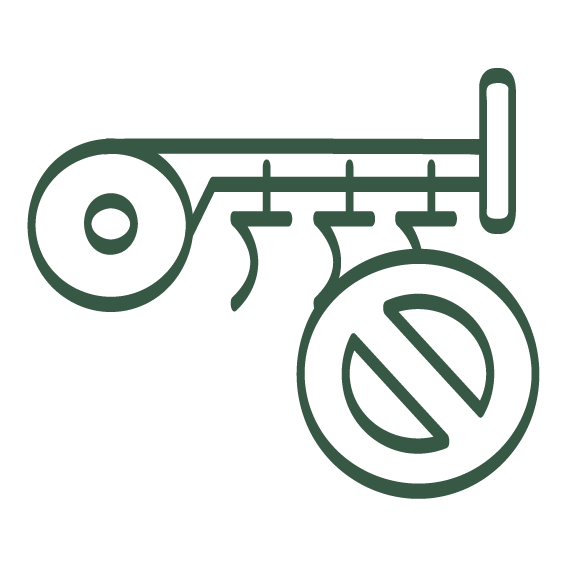Herberto Brunk is the manager of Herdade das Escravide de Baixo, a 58 hectare arable farm in Assumar, Portugal.
Since 2021, Herberto has been transitioning to regenerative farming. We spoke with Herberto to understand the learnings, challenges, and benefits he’s encountered along the way.
Farmer
Herberto Brunk
Location
Assumar, Portugal
Type of farm
Arable
Produce
Small and large grains (oats, triticale, cereal rye, sorghum, sunflower) pumpkins, and flowers
Farm name
Herdade das Escravide de Baixo
Farm size
58 hectares
Social structure
Family run
Sales channels
Direct sales, flower shops, and grain silos
History of Brunk Farm
Herberto’s father emigrated to Portugal from the United States. He started with a small chicken farm, later buying Herdade das Escravide de Baixo in 1988. The family farmed conventionally until 2009 when they moved to organic agriculture.
In 2019, Herberto took over the farm. He was hearing about the work of American pioneers like Gabe Brown embracing cover crops and no-till.
With bad soil erosion on the farm from deep tillage and increasing pressures from extreme weather conditions, he continued looking into this new approach until 2021 when he started implementing it on the land.
Why did Herberto transition to regenerative farming?
“We always had bad soil erosion gullies. Our soils were losing fertility and weren’t absorbing any water. We would be working in the mud one day and dust the next.”
Conventional farming wasn’t cutting it. Since transitioning to regenerative agriculture, Herberto has managed to increase the health of his soil, with organic matter now at 3%.
As an arable farmer, his focus lies on cover crops, residue management and no-till. He plants his field with a 9 species mix consisting of everything from clover to rye, while he has also invested in a direct seeder and roller crimper.
The roller crimper kills the cover crops without relying on chemical inputs. Instead, the crop is left on field to keep the soil covered and maintain living roots all year round.

Multi-species cover crops

No-till

No chemical inputs

Residue management
Transition start date
September 2021.
Main practices previously
- Deep ploughing (30-50cm)
- 250kg NPK fertiliser at planting and sometimes more after
- Two applications of Urea fertiliser,
125 kg /hectare - Deep discing (15-20cm)
Challenges
Drought, extreme weather conditions, and few farmers practising regenerative agriculture in the area.
Necessary investment costs
- No-till planter & roller crimper 30.000€
- Water saving infrastructure 25.000€
- Cover crop seeds
New practices
Multi-species cover crops, no-till, no chemical inputs, increased plant diversity, and pond construction for water management.
Learning about regenerative farming
- Books, podcasts and YouTube
- The Climate Farmers Community
- Some favourite figures include Ray Archuleta, Gabe Brown & David Brant

Herberto crimping his cover crop in April, 2024.
The benefits of regenerative agriculture at Brunk Farm
One of the things that excites Herberto about regenerative farming is seeing the progress on his land. He’s seen first-hand organic matter increasing, birds coming back, more beneficial pollinators, and increased vegetation.
Beyond that, he’s also experienced several benefits for the farm’s profitability, resilience, and his personal wellbeing. This includes feeling part of a movement and completely cutting his costs from fertilisers and herbicides.
Farm profitability
- Diesel consumption dropped by 50%
- Complete savings on fertiliser costs
- Reduced irrigation expenses
Ecological benefits
- Soil organic matter at 3%
- Increased plant diversity
- Micro and macro nutrients present in the soil, including NPK and zinc
- Noticeable increase in biodiversity, including pollinators, birds, and worms
Social impact
- Feeling part of a movement
- Support from other farmers through the Climate Farmers Community
Further benefits
- An additional income stream through Carbon+ Credits
- More time available on the farm as a result of not tilling
- Less expensive machinery needed. 90-100 HP tractors utilised
Herberto’s thoughts on the Carbon+ Program
“Climate Farmers talk to the farmer, they check on you, they listen to you, and they create a network for you. It’s a community, not just a company.”
Although Herberto has seen the quality of his soil improve drastically, few farmers practising regenerative agriculture in his region and the ongoing drought have been a challenge.
To address these issues, Herberto is using our Carbon+ Program to access an additional income stream for his transition. In 2023, our arable farmers earned on average 88€ per hectare through the Carbon+ Program.
As an active member of our community, Herberto is also constantly expanding his knowledge about regenerative agriculture and connecting with farmers across Europe.
As he puts it: “Additional money is always great and the community is an amazing tool to support any farmer.”
Thoughts on Carbon+
“The extra income will be very useful. It’s money I can count on. It will pay back my expenses for sowing a cover crop mix (100 €/ha). Otherwise, it will also help with investing in new tools needed for regenerative farming.”
Planned additional practices
Organic matter application, residue management, no-till, rotational livestock grazing, & increased multi-species cover crops.







